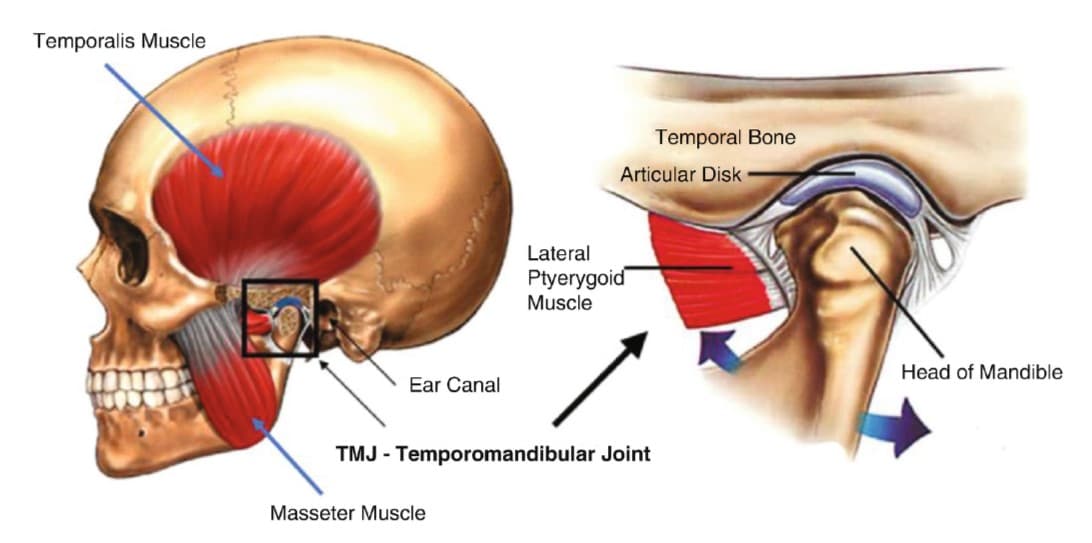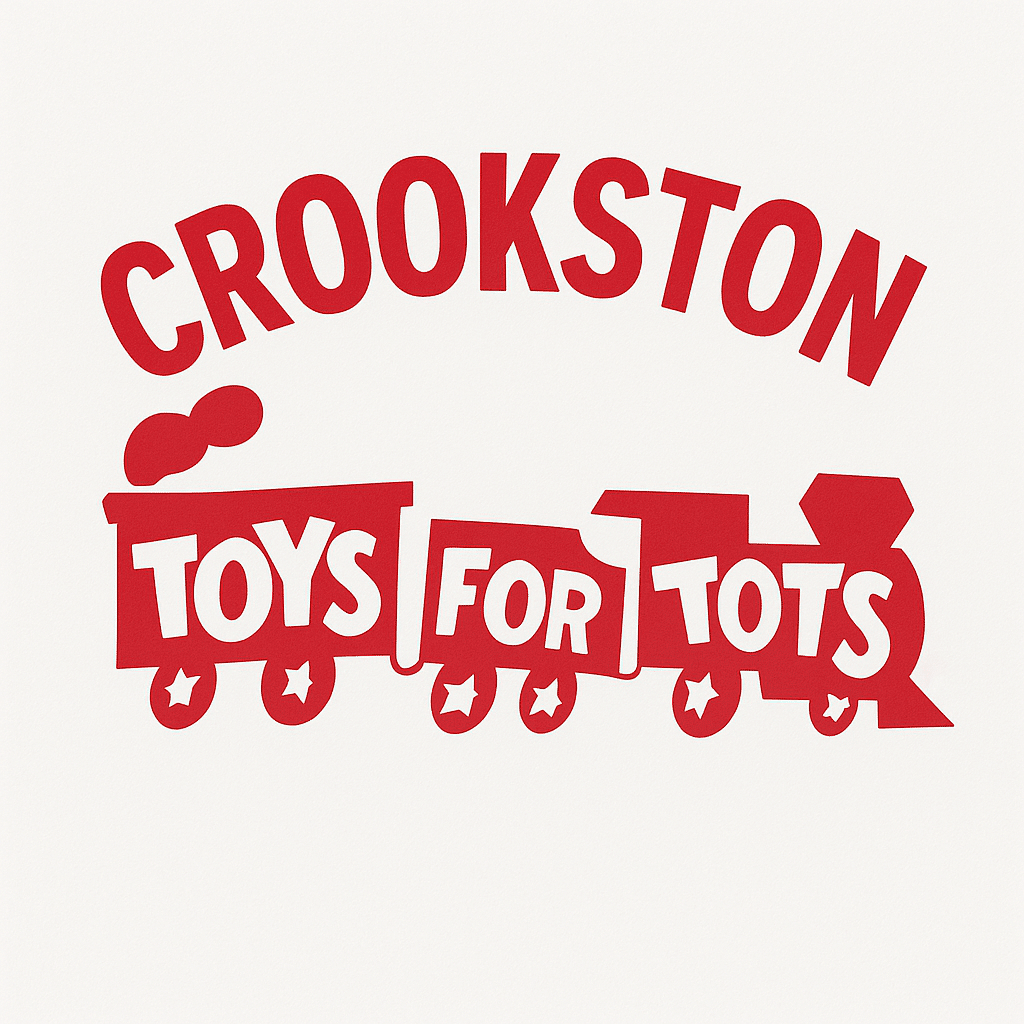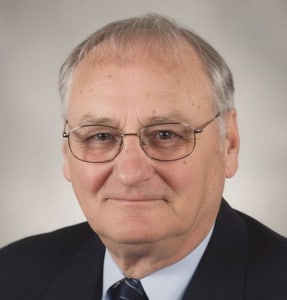Are you experiencing pain related to Temporomandibular Joint or TMJ? Is the pain hindering your daily lifestyle? If so, contact RiverView Health’s Rehab Services Department for relief.
The jaw is also known as the Temporomandibular Joint. The TMJ comprises several parts: the lower jaw (or mandible) and the socket (or temporal bone). In between the mandible and the socket is a disc. The disc allows the joint to glide smoothly on opening and closing. The joint is also held in place by muscles and ligaments. It can become painful due to injury, inflammatory disease, poor postures and habits, or growth disorders.
Temporal Mandibular Disorder (TMD) is the term used for the complex set of conditions characterized by pain and dysfunction as a result of a problem with the jaw, jaw joint and/or surrounding facial muscles that control chewing and jaw motion.
There are several causes for TMD, and frequently it is a combination of these rather than one single cause:
- Trauma, for example, a blow to the jaw either directly to the joint or elsewhere to the jaw
- Overactivity of the jaw muscles – this can occur from continuous clenching or grinding the teeth
- Wear and tear of the cartilage inside the joint
- Arthritis
- Increased sensitivity to pain linked to stress
Physical Therapist Lori Hefta works with patients suffering from TMD at RiverView Health. While TMDs are not life-threatening, Hefta stated that symptoms can negatively affect your quality of life over time if left untreated. Untreated TMD pain can affect your sleep, mood, eating habits, and even the way you sit and walk.
While pain is the most common sign of TMD, not everyone experiences pain. Symptoms can include:
- Pain in the jaw joints and facial muscles
- Clicking, grinding, or locking of the jaw
- Headaches and dizziness
- Difficulty opening or closing the mouth comfortably
- Pain on talking, chewing (especially hard food), and yawning
- Ear pain, ringing in the ears (tinnitus), and hearing loss
- Neck and shoulder pain
Hefta uses various techniques like massage, manipulation, and exercise to aid in pain relief for those suffering from TMD. These practices also work to minimize stiffness, restore normal function and mobility, and correct posture. Poor posture in sitting, standing, or lying down can cause prolonged over-stretching of the ligaments and surrounding tissues, including those of the jaw, according to Hefta. Learning exercises to keep a good posture makes it possible to prevent or relieve neck and jaw pain.
“Spine and neck problems often are helped by evaluating and treating TMJ limitations that patients don’t realize can be part of their problem,’’ Hefta shared. “For example, a patient will come in with neck pain, and their results from TMD treatment help relieve that pain.’’
For more information on physiotherapy management of TMD, call Rehab Services at 281.9463. A referral from a doctor, dentist, or chiropractor, depending on the situation, is needed.






